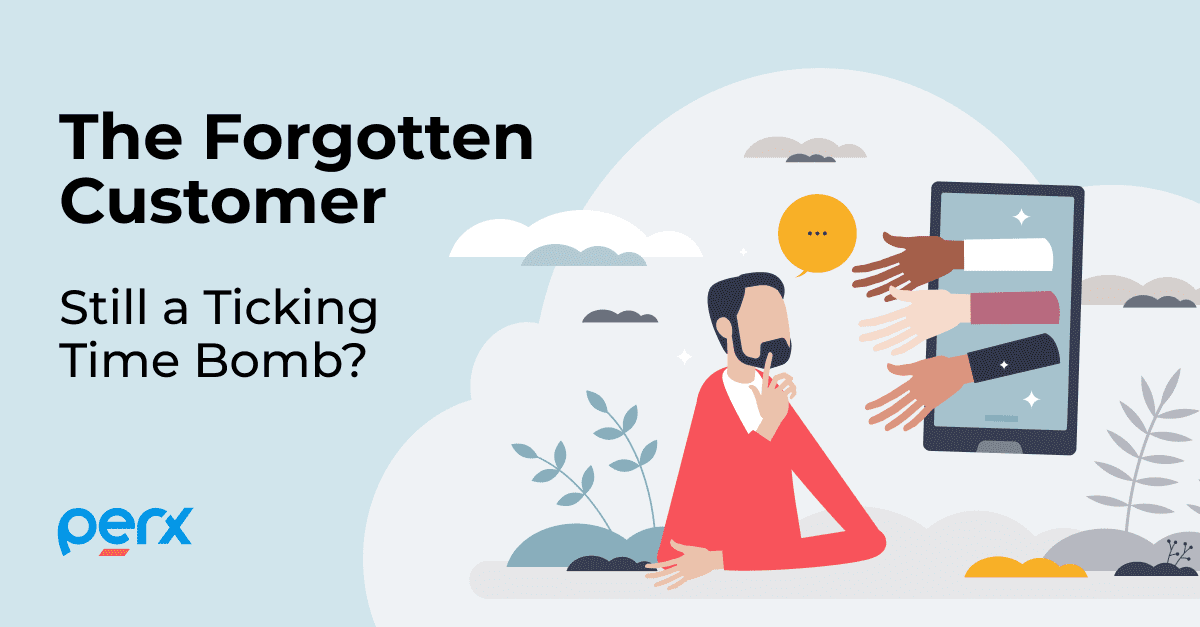Celebrating a Milestone: 5 Billion Customer-Brand Interactions at Perx
Celebrating a Milestone: 5 Billion Customer-Brand Interactions at Perx 🎉
As we stand at the precipice of innovation and customer engagement, it’s with immense pride and boundless enthusiasm that we announce Perx Technologies has crossed an astounding 5 billion customer-brand interactions. This isn’t just a number; it’s a testament to the relentless pursuit of excellence and an unwavering commitment to revolutionizing how enterprises connect with their customers 🚀.
The Journey to 5 Billion 🛤️
Reflecting on our recent celebration of 4 billion interactions, it feels almost surreal how swiftly we’ve traversed another billion. This journey, however, hasn’t been about speed alone but about the depth of engagement and the quality of experiences we’ve been able to deliver. Our approach, a sophisticated blend of gamification 🎮, behavioral science 🧠, and advanced engagement mechanics 📱, powered by our core driving force – passion ❤️ – has allowed us to redefine what it means to interact, engage, and retain customers in today’s digital age.

More Than Just Numbers 🔢➡️💖
To us, these 5 billion interactions signify more than just milestones; they represent the trust and loyalty of over 35 million users who have chosen to engage with brands through our platform. Each interaction is a story of engagement, a moment of connection, and a step towards a lasting relationship between customers and brands. It’s the smile of satisfaction 😊, the joy of a reward 🏆, and the convenience of seamless experiences that keep our community coming back for more.

Powering Through Innovation 💡
Our growth is fueled by innovation and the desire to consistently offer something new, something better. We’re not just keeping up with the trends; we’re setting them.
From financial services to retail and telecommunications, our platform has become a cornerstone for enterprises looking to elevate their customer engagement strategies.
Our success is deeply rooted in our ability to listen, adapt, and innovate.
With every update, feature, and new technology we introduce, we ensure that our platform remains at the cutting edge of the experience economy. This commitment to innovation is what enables us to support our clients in creating memorable customer journeys that not only attract but also retain loyalty.
A Collective Achievement 🤝
This milestone is a collective achievement, a reflection of the hard work, dedication, and passion of our incredible team, our valued clients, and, most importantly, our users. Your trust, feedback, and engagement are what fuel our fire and drive us to push the boundaries of what’s possible.
A special thanks goes out to our team members, both onshore and offshore, whose relentless pursuit of excellence has been instrumental in reaching this milestone. Your creativity, resilience, and dedication are the backbone of our success.
Looking Ahead 🔭
As we celebrate this remarkable achievement, we are already looking towards the horizon, eager for the next challenge, the next innovation, and the next billion interactions. Our journey is far from over; in fact, we believe it’s just getting started. The future of customer engagement is bright, and with Perx Technologies, you can be sure you’re always at the forefront of this exciting evolution.
Stay tuned as we continue to break records, defy expectations, and transform the world of customer engagement, one interaction at a time. Here’s to the next billion and beyond! 🥂
Recommended for you

Blogs

Sustainability

Blogs

Blogs

Blogs
Ready to join them?







































